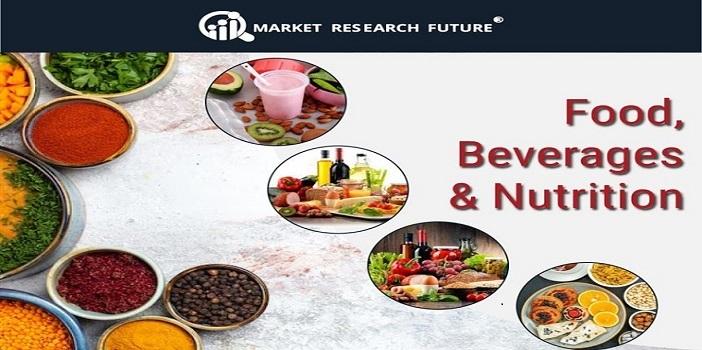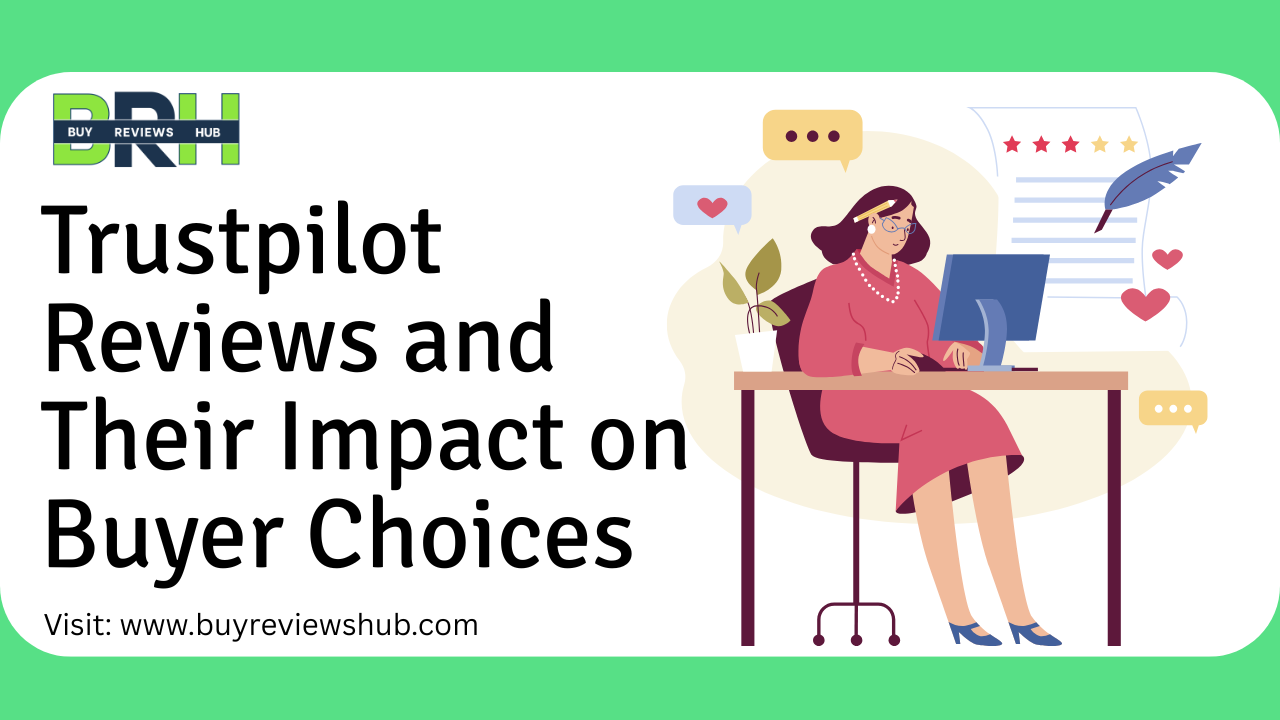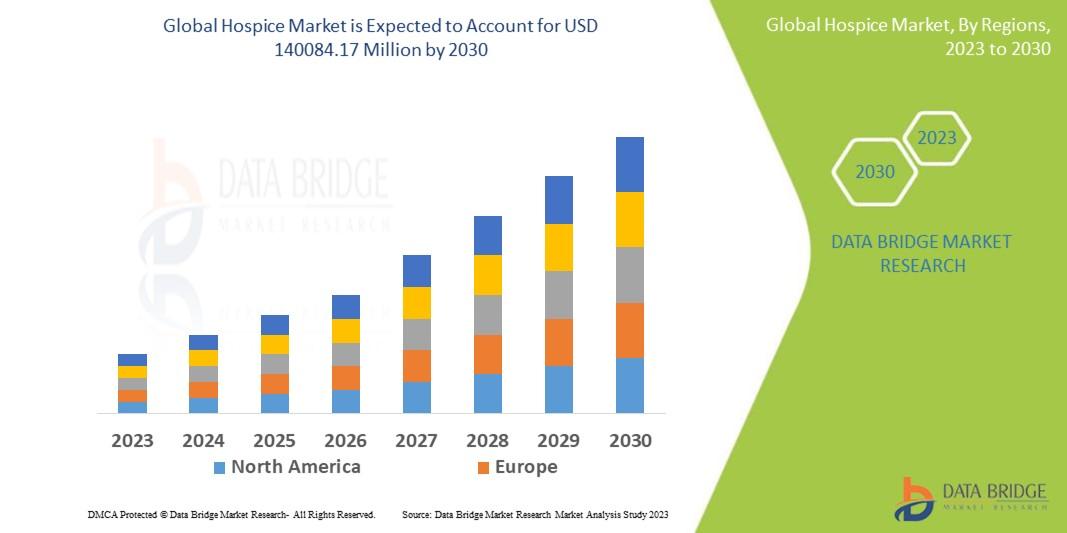Challenges Slipping into the Organic Sugar Landscape & How to Overcome Them

The path from niche to mainstream for organic sugar is promising—but riddled with hurdles. In this blog, we examine core challenges and propose strategies for overcoming them.
Core Challenges
-
High Organic Premium Cost
Producing organic sugar entails other costs—organic fertilizers, pest control, labor, transition years, certification. This makes it more expensive than conventional sugar. -
Lower Yields During Transition
Farmers converting to organic often see yield declines until soil and ecological balance recover. That limits supply and discourages conversion. -
Certification & Traceability Complexities
The burden of audits, documentation, third-party oversight, record-keeping, and supply chain tracking adds friction. One slip (e.g. cross-contamination) can void organic integrity. -
Logistics & Quality Consistency
Sugar must maintain moisture, granule integrity, and avoid contamination during storage, transport, and processing; organic lines must be strictly segregated. -
Price Sensitivity & Consumer Pushback
While premium consumers may accept higher cost, broader markets may resist frequent price difference. Some might revert to conventional or alternative sweeteners.
Mitigation Strategies
-
Farmer Education & Incentive Programs
Train farmers in sustainable organic practices, soil health, integrated pest management, crop rotation to shorten the transition penalty. -
Cluster / Cooperative Models
Pooling farms under cooperative certification, shared infrastructure (drying, processing) reduces per-farm burden. -
Vertical Integration
Companies may integrate backward by owning or contracting farms, processing facilities to reduce markups and ensure quality control. -
Advanced Traceability Technologies
Blockchain, IoT sensors, digital farm logs, batch tracking all help maintain credibility and reduce fraud risk. -
Value-Added Differentiation
Instead of competing purely on raw organic sugar, offering specialty versions (raw, liquid, specialty blends) can command higher margins. -
Tiered Pricing & Product Lines
Offer both premium organic and “better-than-conventional” lines, to ease consumer entry and broaden reach.








